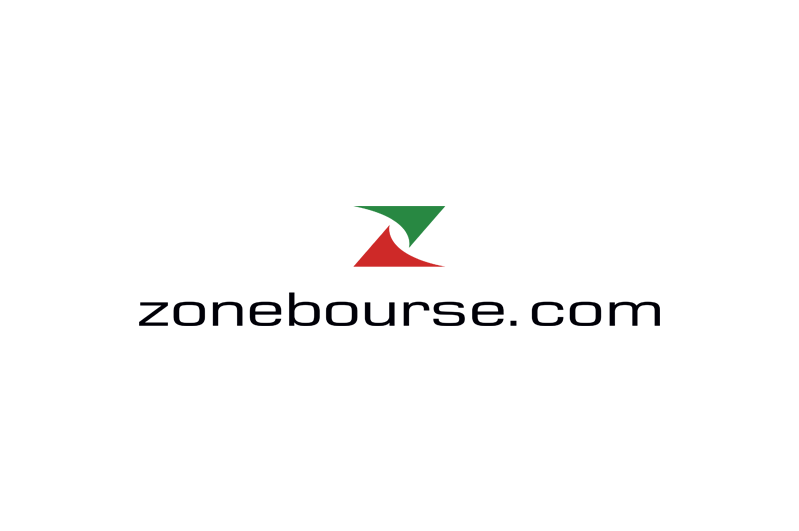China’s economic indicators are sending mixed signals, with May’s retail sales rising by 3.7% year-on-year, outpacing the expected 3.0% growth. This suggests a rebound in consumer spending, a positive sign for domestic demand. However, industrial production growth has decelerated to 5.6%, falling short of the forecasted 6.2%. The property sector continues to struggle, adding pressure on Beijing to bolster growth.In response to these economic dynamics, the People’s Bank of China (PBOC) has kept its key policy rate unchanged at 2.5% for the tenth consecutive month. This decision reflects a cautious approach to monetary policy, prioritizing currency stability amid concerns about the yuan weakening. Economists anticipate that the PBOC may cut rates in the second half of the year to further support the economy.The Chinese central bank’s decision comes as the country grapples with a slump in home prices and the need to boost affordable housing. Despite additional funding and measures to revive the real estate market, developers remain skeptical about the effectiveness of these programs.Internationally, Asian share markets have reacted cautiously to the Chinese economic news, with the euro also feeling pressure due to political uncertainty in Europe. The Swiss National Bank may ease rates given the strength of the Swiss franc, while the US Federal Reserve has several policymakers scheduled to speak this week. Central banks in Australia, Norway, and the UK are expected to hold rates steady, further highlighting the global focus on monetary policy in a time of economic uncertainty.
Key points
- China’s retail sales in May increased by 3.
- Industrial production growth slowed to 5.
- The PBOC has maintained its key policy rate at 2.
7%, exceeding expectations and indicating a recovery in consumer demand.
6%, with the real estate sector’s weakness persisting.
5% for the tenth consecutive month, focusing on currency stability.



